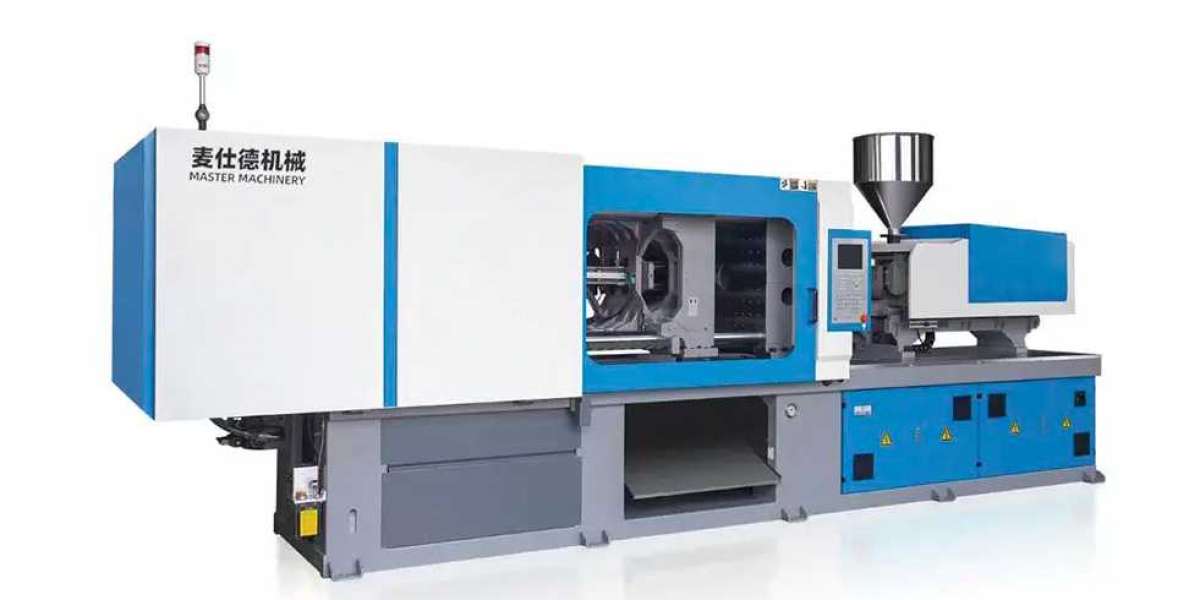Industrial robots have become a vital component of manufacturing processes in recent years, providing powerful automation benefits that help streamline processes and reduce costs. But with so many different types of robots available today, it can be difficult to decide which type is best for your application. In this blog post, we will take a look at the four main types of industrial robot: articulated robot arms, polar robot arms, cylindrical robot arms, and cartesian robot arms. We will discuss their structure and features as well as the advantages and disadvantages of each type. By understanding these core features of each type, you can make an informed decision about the right type for your application.
The four axis industrial robot: what is it?
As the name suggests, a four-axis industrial robot has four axes of movement. These are the base rotation (first axis), shoulder rotation (second axis), elbow rotation (third axis), and wrist rotation (fourth axis). This type of robot is typically used in welding and fabricating applications.
The four-axis industrial robot is very versatile and can be used in a wide variety of industries. They are commonly used in the automotive industry, but can also be found in the aerospace, electronics, food and beverage, and medical industries.
The different types of four axis industrial robots
In industrial applications, four-axis robots are classified as either Cartesian, cylindrical, or polar.
Cartesian coordinate robots have their linkages arranged so that one axis is perpendicular to the other two; this is similar to the X-Y-Z layout of a three-axis machine. The advantage of this configuration is that it allows for many different types of grippers and end effectors to be used with the same basic platform.
A cylindrical coordinate robot has its axes configured such that one is parallel to the ground (the Z-axis), with the other two at right angles to each other and also perpendicular to the ground (the X- and Y-axes). This type of robot is often used in pick-and-place applications.
Polar coordinate robots have all three axes intersecting at a single point. These are typically used in welding or assembly tasks where high levels of accuracy are required.
The advantages of four axis industrial robots
There are many advantages of four axis industrial robots over other types of robots. They are more versatile, can reach places that other types of robots cannot, and often have a longer lifespan. Additionally, four axis industrial robots typically require less maintenance than other types of robots.








